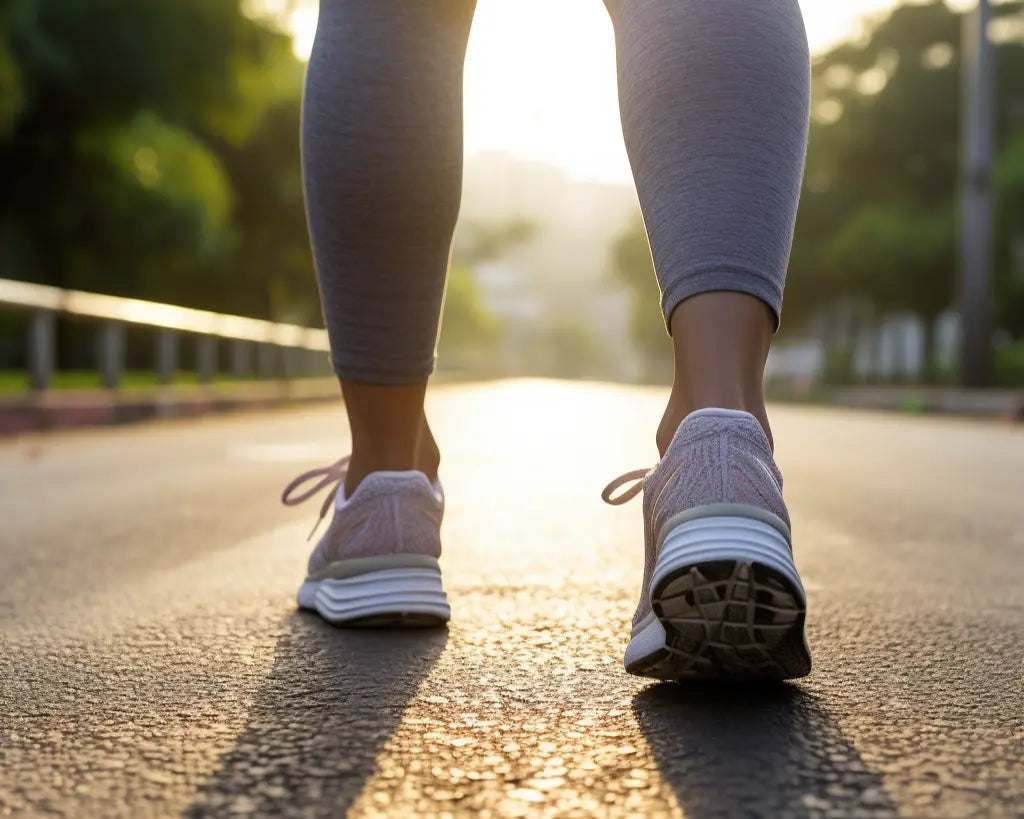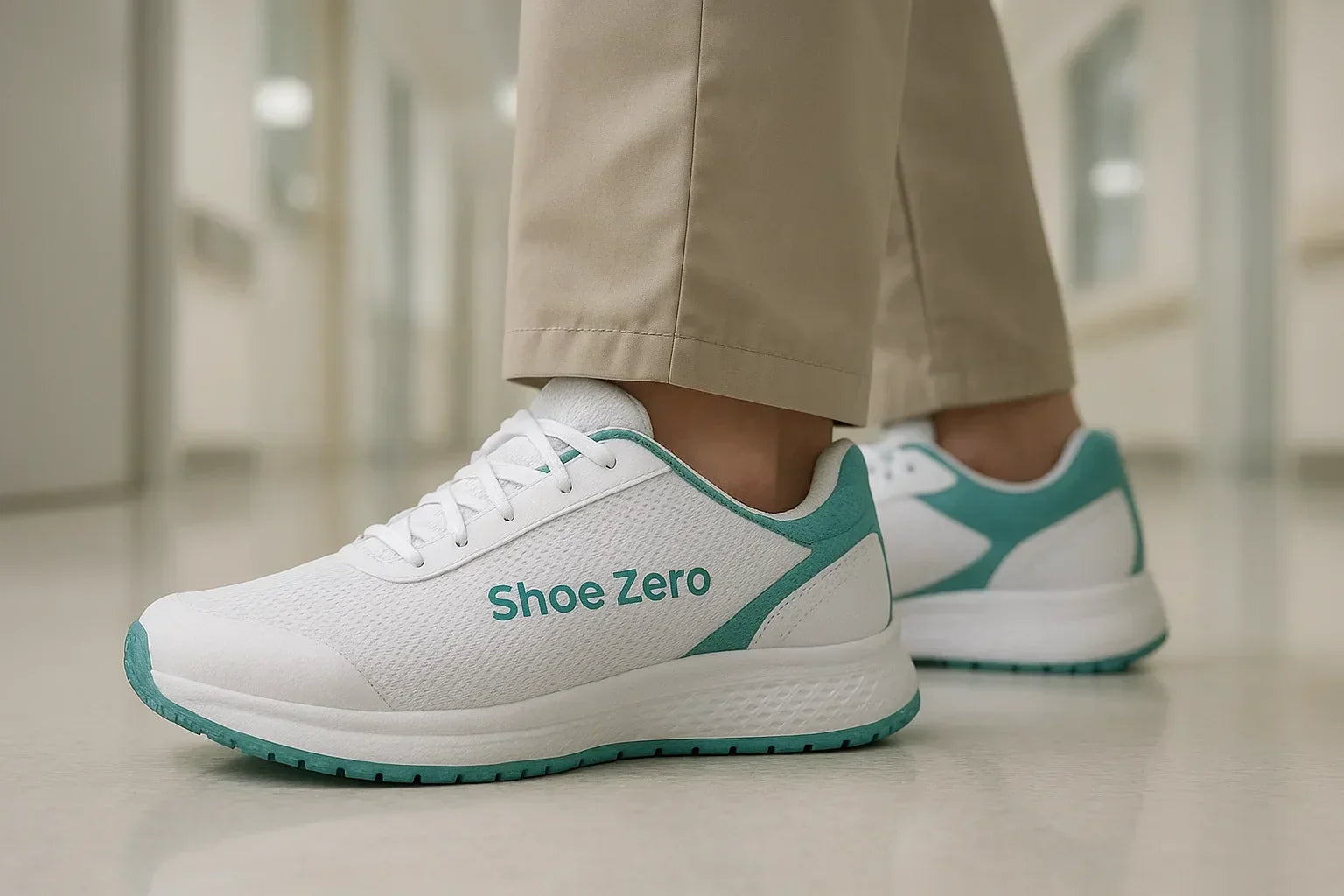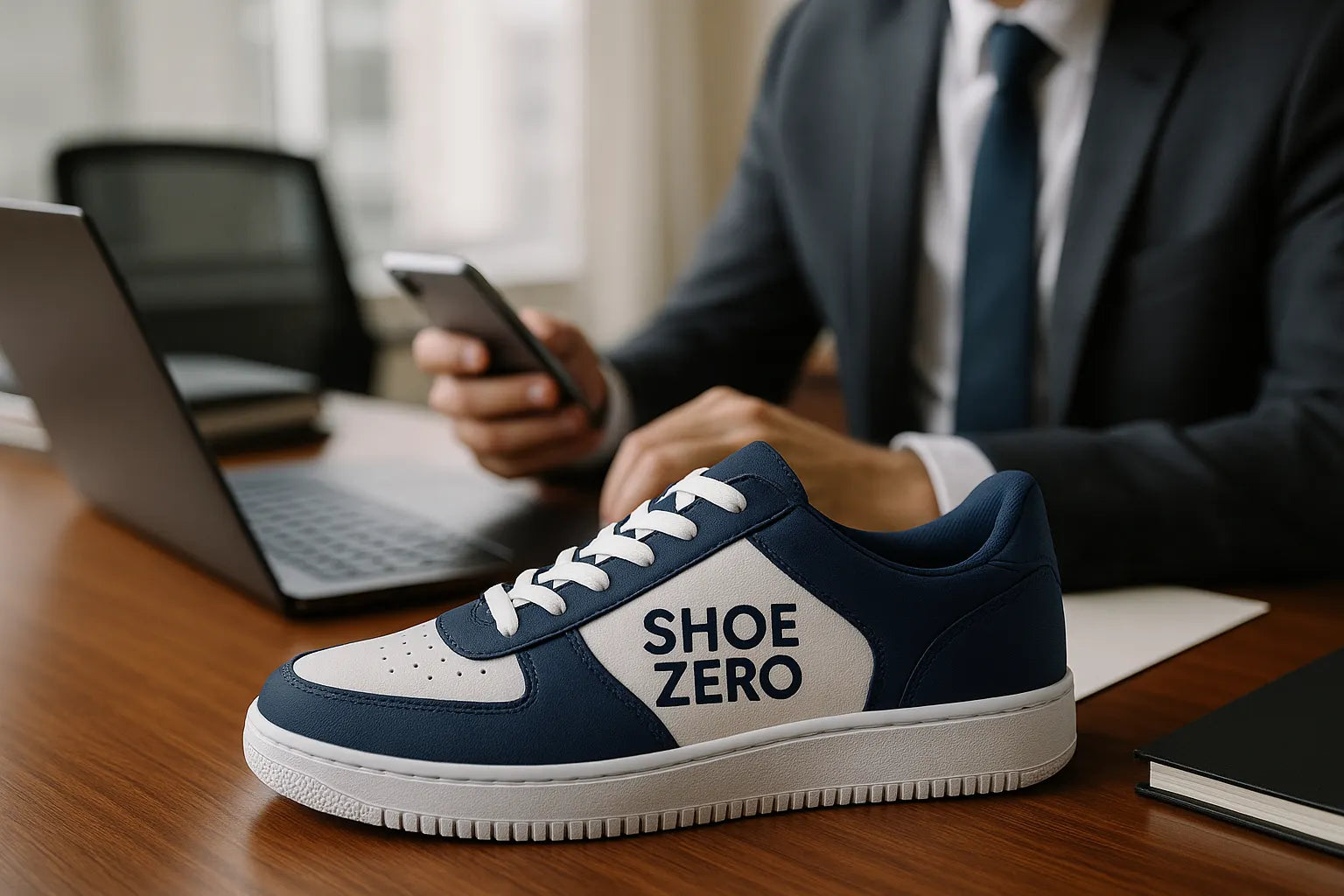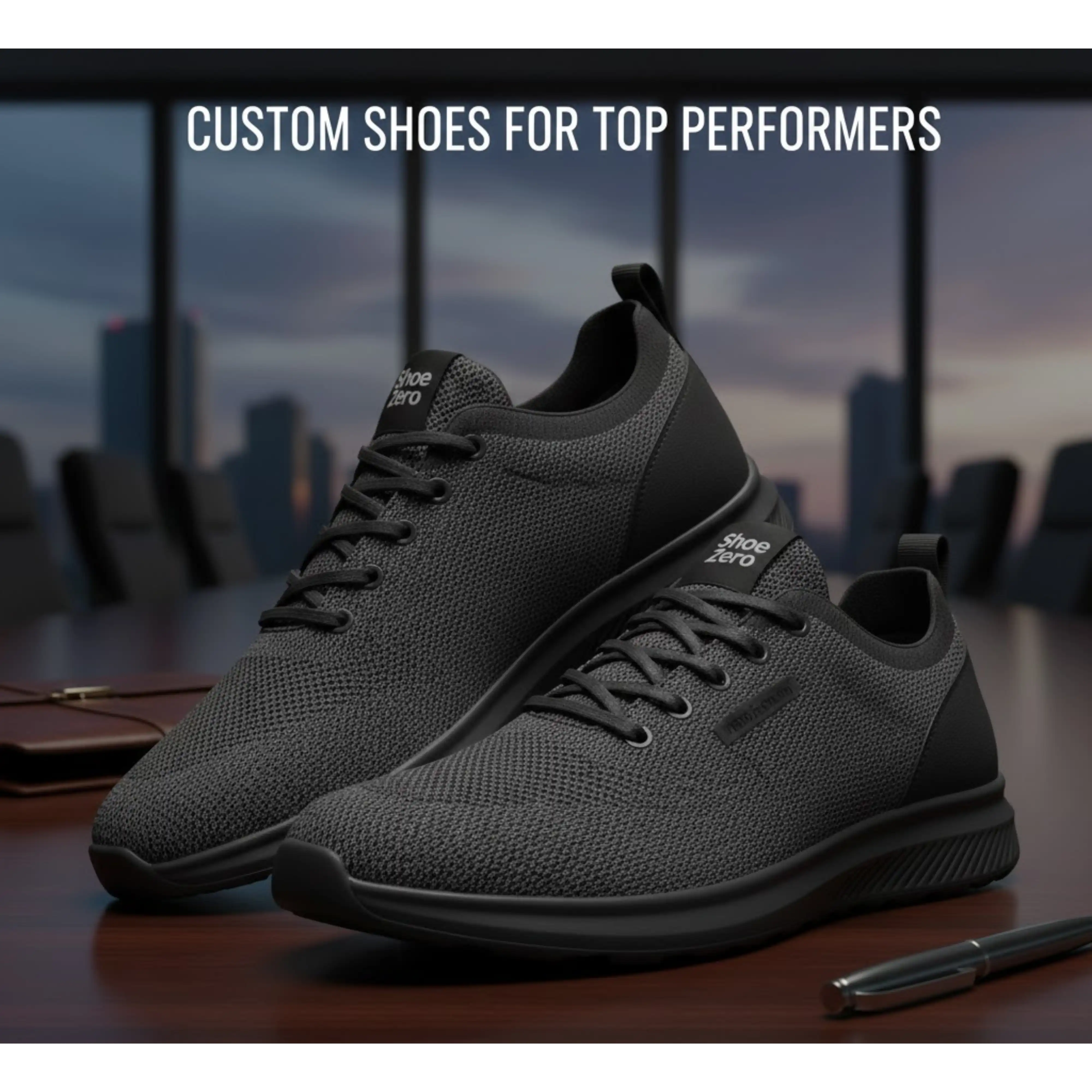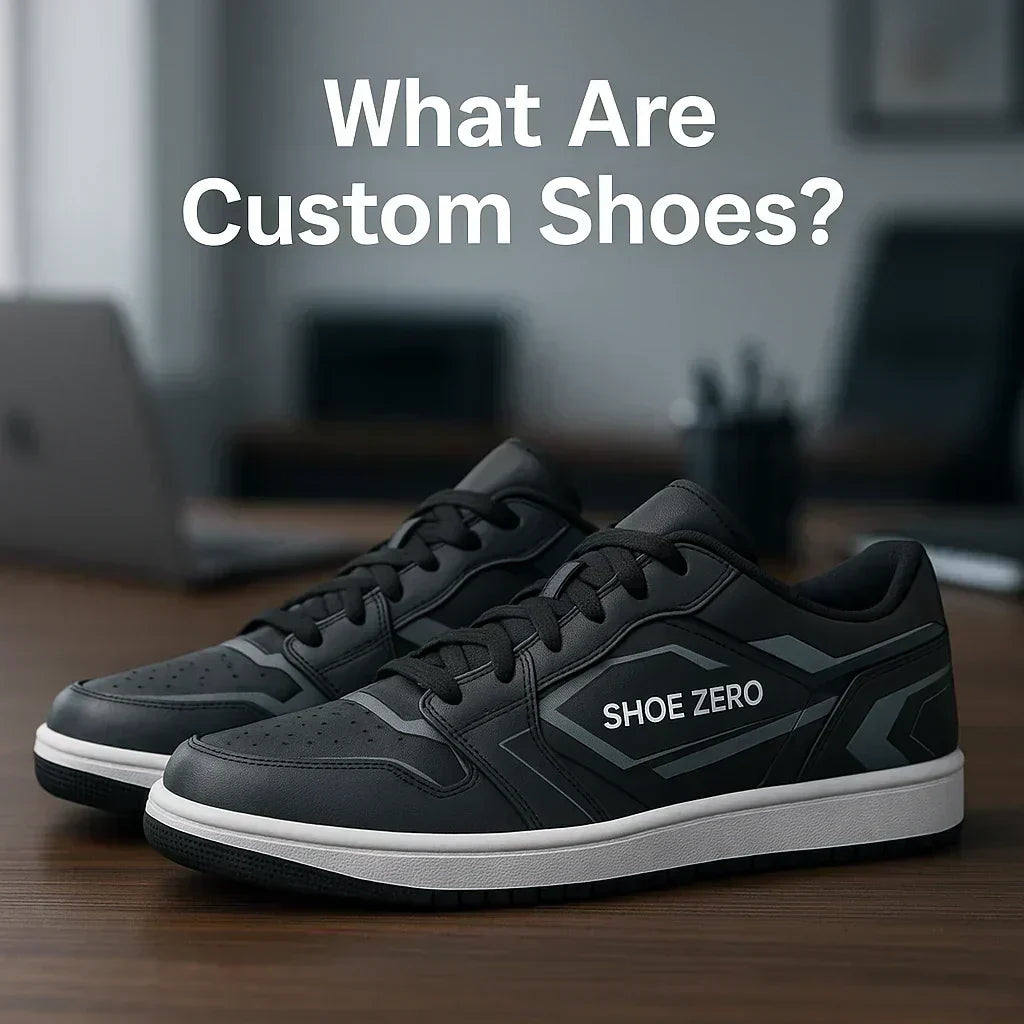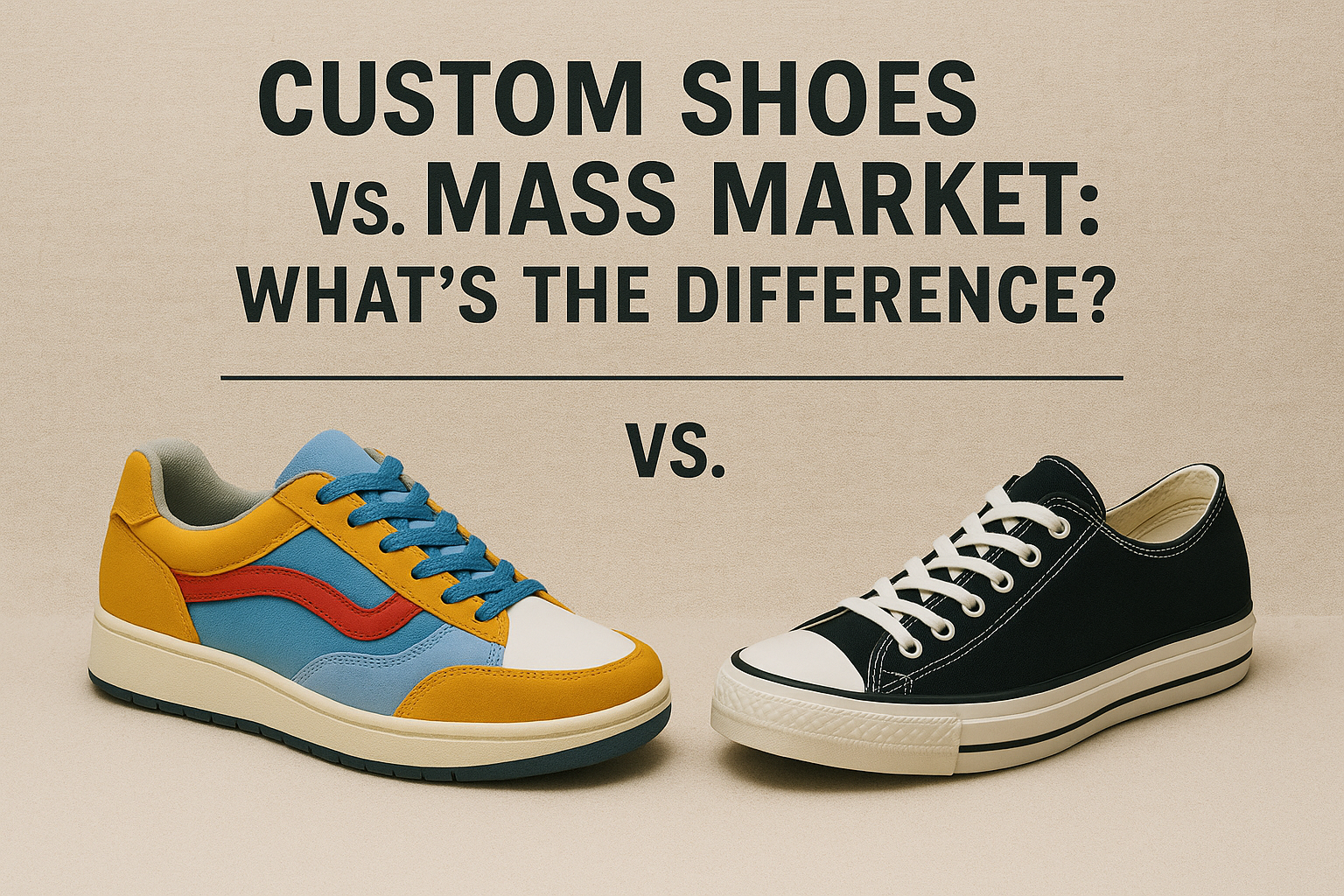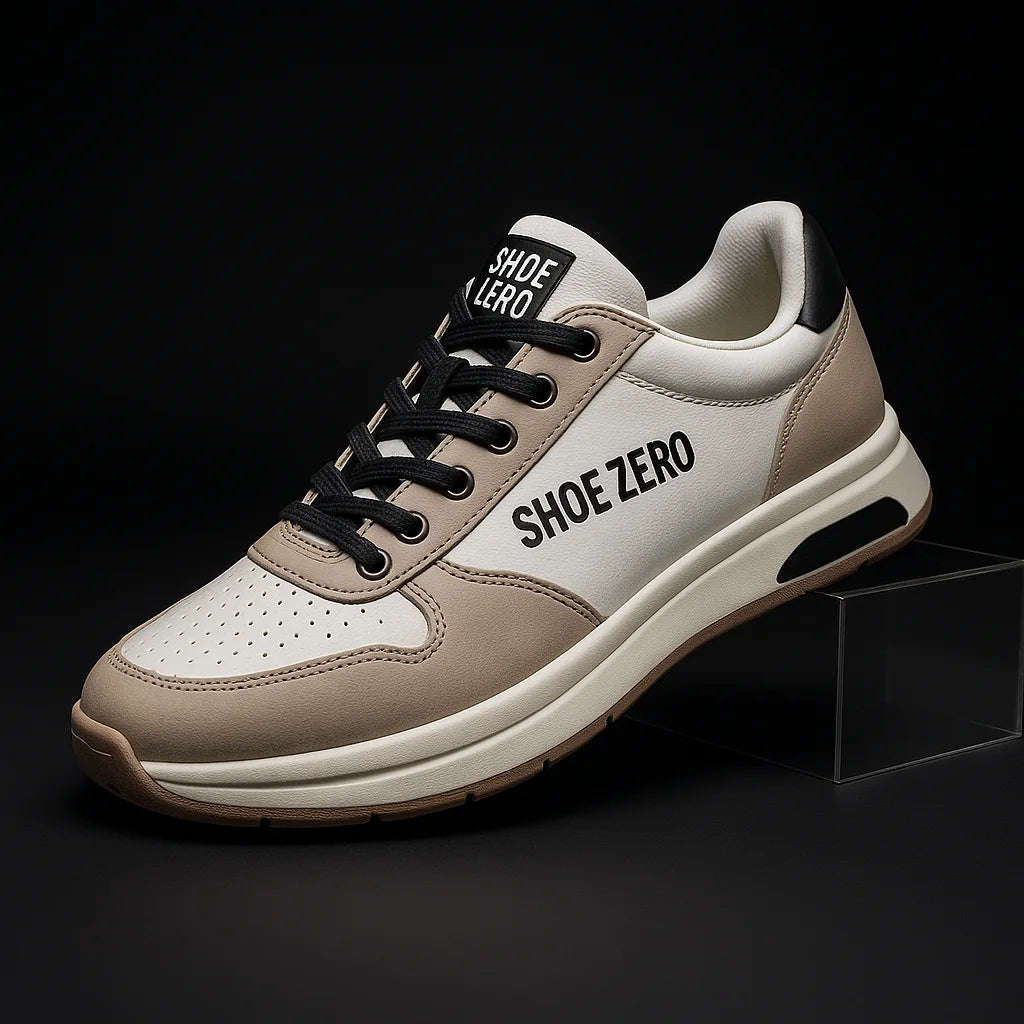Are you tired of that annoying discomfort caused by your shoes rubbing against the back of your heel? You're not alone! Shoe rubbing can turn a pleasant walk into a painful ordeal, but fear not – we've got your back, or rather, your heel covered. In this comprehensive guide, we'll delve into the reasons behind this pesky problem and provide you with effective solutions to prevent it. So, let's kick discomfort to the curb and step into a world of comfortable strides.
Why Do My Shoes Rub The Back Of My Ankle?
Shoes rub heels and ankles due to the friction created between the lining of shoes and the skin on the Achilles and ankle. This friction is created when walking and is exacerbated by factors including sock material and thickness, the shape of a shoe's topline, the material of the shoe lining, and shoe tightness— all common examples of shoes causing discomfort and irritation.
Now, let's dive into the actionable steps you can take to put an end to shoe rubbing and enjoy a blister-free existence.

How To Stop Shoes From Rubbing The Back Of Your Ankle
1. Choose the Right Socks
It all starts with your choice of socks. Opt for socks made from moisture-wicking materials like cotton blends or synthetic fibers. These socks help keep your feet dry, reducing the chances of friction. Additionally, select socks that are neither too thin nor too thick – finding the Goldilocks of sock thickness can make a world of difference.
|
2. Use Good Insoles
Insoles are your feet's best friends. High-quality insoles provide extra cushioning and support to reduce the impact of each step and minimize friction. Look for gel or foam insoles with heel padding to create a protective barrier between your heel and the shoe's lining.
3. Be Mindful of Shoe Materials
The material of your shoes matters more than you might think. Opt for shoes made from soft and flexible materials like leather or suede, as they're less likely to cause irritation. Stiff and rigid materials can lead to constant rubbing, so aim for shoes that mold comfortably to your feet.
4. Reduce Moisture in Your Shoes
Moisture is a key contributor to friction and discomfort. Ensure your shoes are dry before wearing them by using moisture-absorbing products like cedar shoe trees. This not only prevents rubbing but also helps maintain the shape of your shoes.
5. Use Tongue Pads
Tongue pads are nifty little additions that can make a big difference. Place these adhesive pads on the tongue of your shoes to prevent your foot from sliding forward and causing rubbing against the back of the shoe.
6. Stretch Your Shoes
If your shoes are a tad snug, stretching them can provide instant relief. Use a shoe stretcher or try the ice method – fill a plastic bag with water, place it inside the shoe, and freeze it. As the water turns into ice, it expands, gently stretching the shoe.
7. Use Heel Grips
Heel grips are like seat belts for your feet. Attach them to the inside back of your shoes to prevent your feet from sliding up and down. This eliminates the friction that causes discomfort.
8. Check for Rough Edges
Inspect your shoes for any rough edges or seams that might be causing the irritation. Gently file down or cover these areas with adhesive tape to create a smooth surface against your heel.
9. Use Moleskin
Moleskin isn't just for arts and crafts – it's a savior for shoe discomfort too. Cut a small piece of moleskin and apply it to the area where your shoe rubs. The soft texture acts as a protective barrier, allowing you to walk pain-free.
10. Visit a Cobbler
When all else fails, a cobbler can be your knight in shining armor. They can provide professional shoe stretching, padding, and adjustments to ensure your shoes fit like a glove without causing discomfort.
Avoid Causing Blisters: Make Sure Your Shoes Fit Well
Choosing the right shoe size and style is essential to prevent shoe rubbing on the back of the ankle. Wearing shoes that are too tight or too loose can cause friction and discomfort, often resulting in heel blisters.
When selecting shoes, make sure there is enough space between the shoe and your ankle. You should be able to slide your finger between the shoe and your skin comfortably. If the shoe is too tight, it will rub against your skin and cause irritation. On the other hand, if the shoe is too loose, your foot will slide around inside the shoe and create friction.
The style of shoe you choose can also impact the likelihood of rubbing on the back of the ankle. Shoes with a high ankle collar or a rigid back can increase the chances of rubbing.This is especially true for heels shoes, which can put extra pressure on the back of the foot. On the other hand, shoes with a soft, flexible material can reduce the risk of friction.
It's also important to consider the type of activity you will be doing in the shoes. Different activities require different types of shoes, and choosing the right shoe for the job can help prevent rubbing. For example, running shoes should have a snug fit to prevent the foot from sliding around inside the shoe.

Addressing Common Foot Problems
Several foot problems can contribute to shoe rubbing on the back of the ankle. By addressing these issues, you can reduce friction and prevent discomfort and pain. In some cases, irritation around the back of the ankle may also affect the Achilles tendon, leading to further soreness and reduced mobility. Here are some common foot problems to watch out for:
| Foot Problem | Symptoms | Treatment |
|---|---|---|
| Blisters | Small fluid-filled bumps on the skin | Clean the area, apply a blister bandage or moleskin, and wear properly fitting shoes |
| Corns and Calluses | Thick, hardened layers of skin | Soak your feet, use a pumice stone to remove the dead skin, and wear shoes with wide toe boxes and adequate cushioning |
| Hammertoes | Toes that curl or bend downwards | Wear shoes with a roomy toe box to prevent crowding and pressure on the toes, and use orthotic inserts for added support |
| Flat Feet | No visible arch in the foot | Use orthotic inserts to provide arch support, and wear shoes with adequate cushioning and stability |
If you experience persistent foot problems that affect your gait and posture, consult a podiatrist or foot specialist. They can diagnose the issue and recommend customized solutions to prevent discomfort and improve your overall foot health.
When to Seek Professional Help
If shoe rubs on the back of the ankle persist despite trying preventive measures, it may be time to seek professional help. A podiatrist or foot specialist can examine the foot and determine the underlying cause of the discomfort.
They can also suggest custom orthotics, padding, or other specialized treatments to address the issue. In some cases, persistent rubbing could be a symptom of an underlying medical condition, such as plantar fasciitis or arthritis. If left untreated, these conditions can worsen and cause more severe foot problems.
If the discomfort is accompanied by swelling, redness, or other signs of infection, seek medical attention immediately. Delaying treatment could result in serious complications and long-term damage.
__________________________________________________
Key Takeaways
Putting an end to shoe rubbing is all about paying attention to the small details – from picking the right socks or adding custom insoles, to choosing breathable materials and making quick adjustments. By following these steps, you can finally say goodbye to blisters and enjoy every step in comfort. But why stop at comfort when you can have a style that’s completely your own? At Shoe Zero, you can design your own custom shoes that not only fit your lifestyle but also showcase your personality. Whether you’re after high-performance custom basketball shoes, timeless custom low tops or bold custom high tops, we’ve got you covered. If you need something more rugged, explore our durable custom boots, or if casual comfort is what you’re after, slip into a pair of custom sandals. For little ones, our custom kids shoes bring both comfort and style to their every step, while our full line of custom merch including t-shirts, hoodies, and backpacks lets you expand your look beyond footwear. Step into comfort and stand out in style, start designing your pair today!
FAQs (Frequently Asked Questions)
1. Can I use any type of socks to prevent shoe rubbing?
While any socks are better than none, opt for moisture-wicking materials like cotton blends or synthetic fibers to keep your feet dry and reduce friction.
2. Can I use moleskin on any part of my shoe?
Moleskin works best on areas where your shoe rubs against your skin. Avoid applying it directly to the shoe's exterior as it might affect the shoe's appearance.
3. How often should I replace my insoles?
It's a good idea to replace insoles every six months or when you notice signs of wear and tear.
4. Can a cobbler stretch all types of shoes?
Cobbler services vary, but most can stretch leather and suede shoes. It's best to consult with your local cobbler about the specific type of shoes you have.
5. Can tight shoes cause blisters?
Yes, tight shoes can cause friction and rubbing, leading to blisters. Always choose shoes that provide a comfortable and snug fit.


